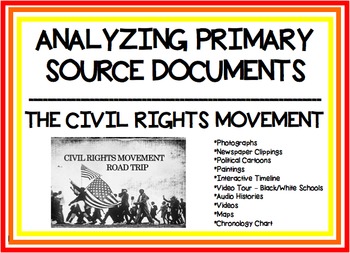COST ACCOUNTING-Job Costing- definition, components, characteristics, applicability, classification, adv and disadv
Content

Five plant employees will work full time to manufacture the backpacks themselves, at a rate of $200 per day. Job costing looks at each element involved in a specific project so you can track profitability of each one.
- The purpose of job costing is to ascertain the profit or loss made on each job.
- If a job is done in a small size, factory job costing method is followed.
- In simplest terms, job costing is a means of quantifying all of the individual costs required to deliver a unique project output like a small-scale manufacturing run.
- Job costing is comparatively more expensive as a great deal of clerical work is involved in connection with the estimation of costs, designing and scheduling of production, etc.
- So, it could prove costly for the company to implement such a costing system properly.
The industries need not incur selling and distribution expenses as the customers themselves come to place orders and collect the goods after production. Other documents that help an accountant with this costing system are time tickets, Job Costing Definition tools, spare orders, inspection order, and more. It helps to record all costs at each level of production. Manufacturing overheads are charged to departmental accounts. Profit or loss of each job is calculated separately.
Advantages and disadvantages of job costing
For example, a ship builder would likely accumulate costs for each ship produced. An aircraft manufacturer would find this method logical. Construction companies and https://online-accounting.net/ home builders would naturally gravitate to a job costing approach. Materials and labor can be readily traced to each job, and the cost assignment logically follows.
In the case of cost plus contracts, the selling price is dependent upon the actual cost incurred. Job costing provides accurate data for such purposes. Future cost estimates for similar works may be made on the basis of accurate record of job costs. Job costing helps management to detect, which jobs are profitable and which is not by enabling the same to know the trend of costs. A job order may relate to several accounting periods and therefore, the job costs are not related to particular periods. In these cases work may be carried out within the factory or in private households as in plumbing or electrical repairs.
Accurate job pricing:
He is the sole author of all the materials on AccountingCoach.com. Comparison of job costs becomes meaningless during the period of inflation. Job costing is also intended to indicate, through the comparison of actual cost of a job with its estimated cost, whether the estimation is incorrect or the actual cost is excessive.
- The profitability margin for each job is determined by the total cost of the inputs consumed by that particular job.
- If the accountant is using a general ledger accounting system, which lacks true job costing functionality, the costs must be manually transferred out of Work in Process to Finished Goods .
- For example, Roy was once the curator of a large museum in the United States.
- The cost accountant estimates the cost of job after considering the various elements of cost and keeping in mind the specification of customer.
- This form provides essential documentation to track inventory.
